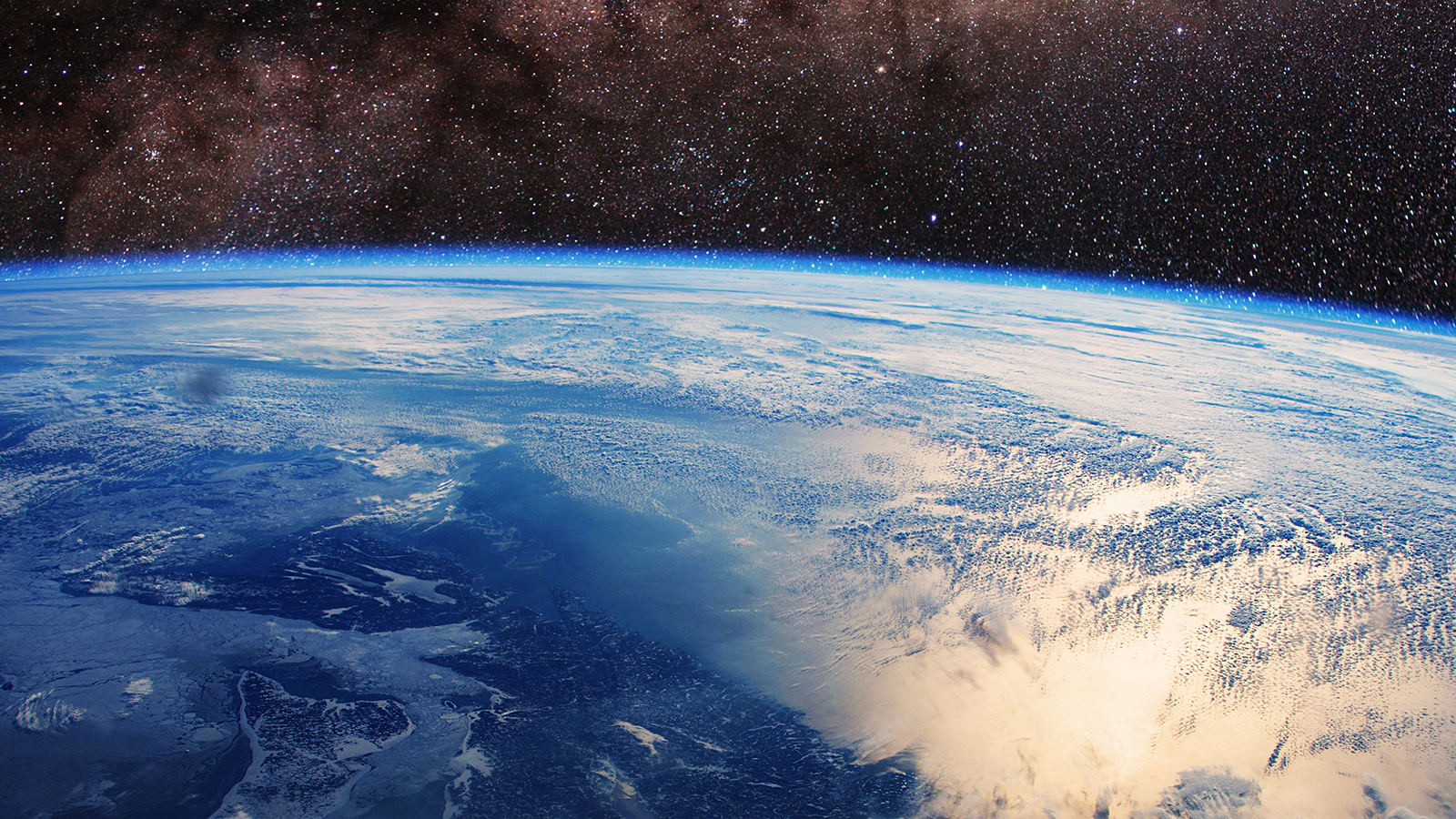Thought the ozone layer was safe? Think again.
CFC-11 is an ozone-depleting chemical whose phaseout was agreed upon in the ’80s. It’s been under an international ban since 2010. That’s why National Ocean and Atmospheric Administration researchers were surprised to discover it’s increased in the atmosphere by 25 percent since 2012. A research letter published Wednesday in the journal Nature takes a look at the possible causes for the spike.
“I’ve been making these measurements for more than 30 years, and this is the most surprising thing I’ve seen,” the paper’s lead author, Stephen Montzka, told The Washington Post’s Chris Mooney.
The 1987 Montreal Protocol phased out ozone-damaging chemicals like CFC-11 worldwide. And thanks to the agreement, we’ve avoided a total ozone layer collapse by mid-century.
Almost no CFC-11 has been been produced since 2006 — or so we thought. The study’s results suggest that someone’s breaking the rules of the agreement. Researchers suspect the spike in the ozone damaging chemical is coming from somewhere in eastern Asia.
The ultimate impact on the ozone depends on how quickly the culprit is found and stopped. The Guardian reports that if these emissions are left unchecked, it could tack an extra decade onto restoration of the all-important ozone layer, which protects the earth from the sun’s damaging UV radiation.



